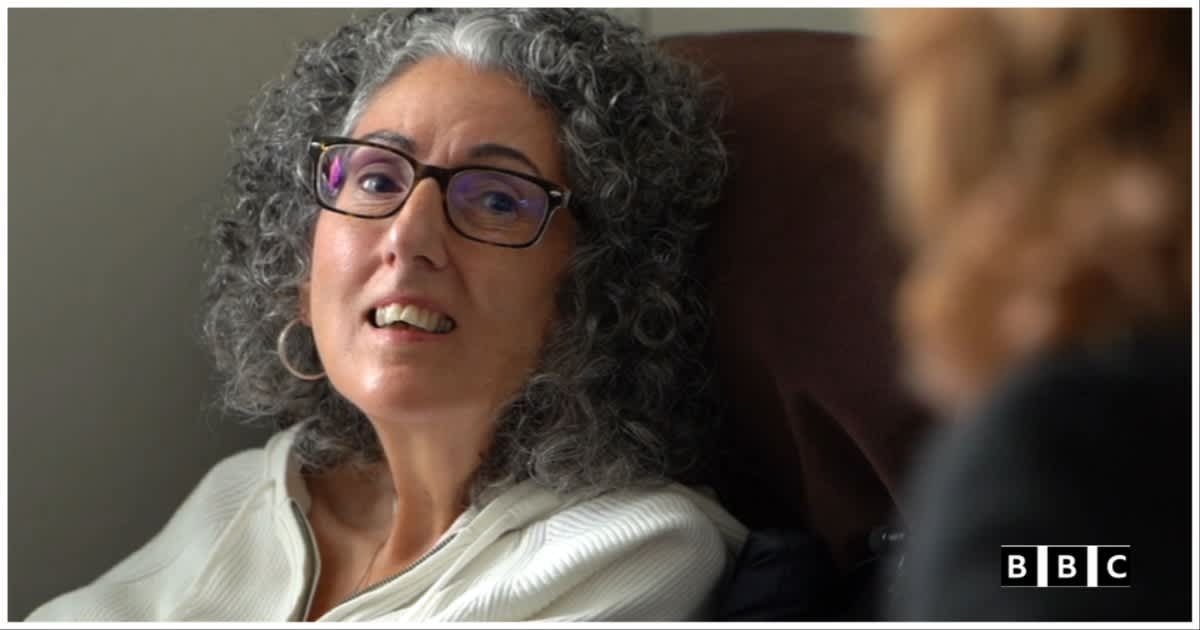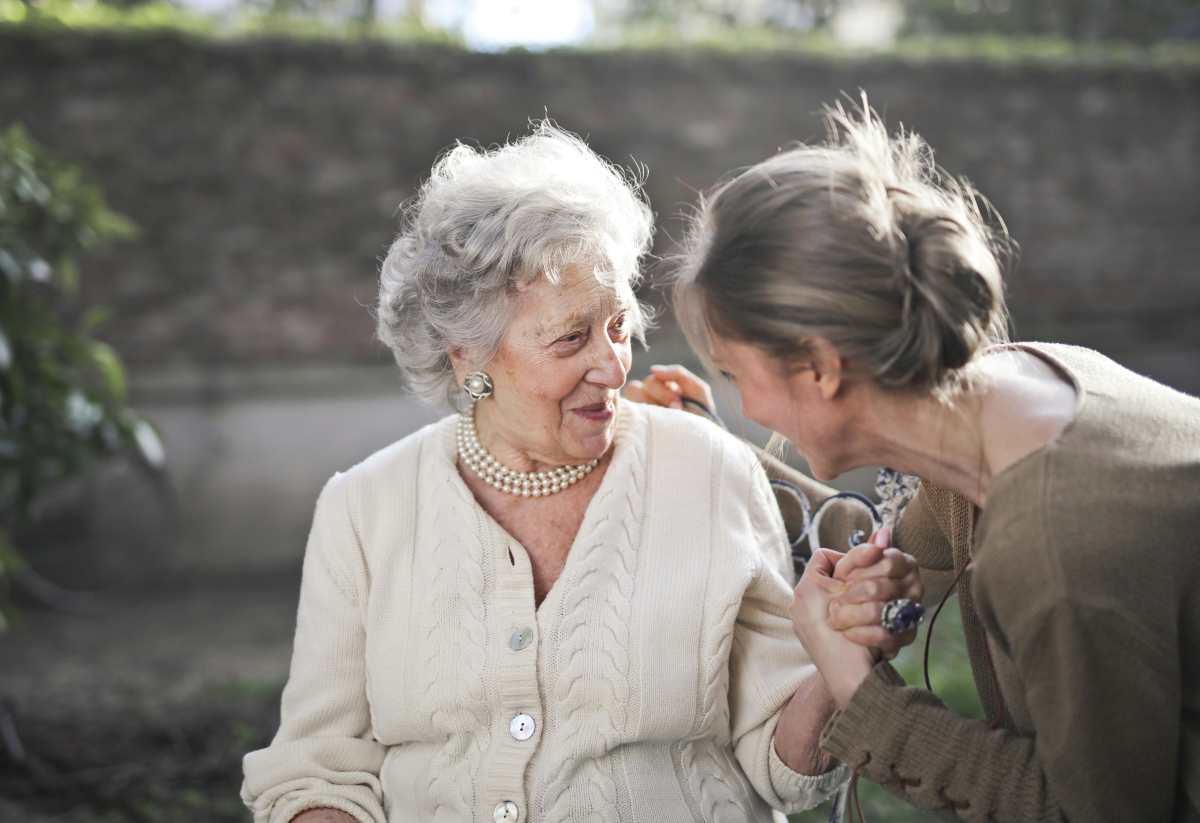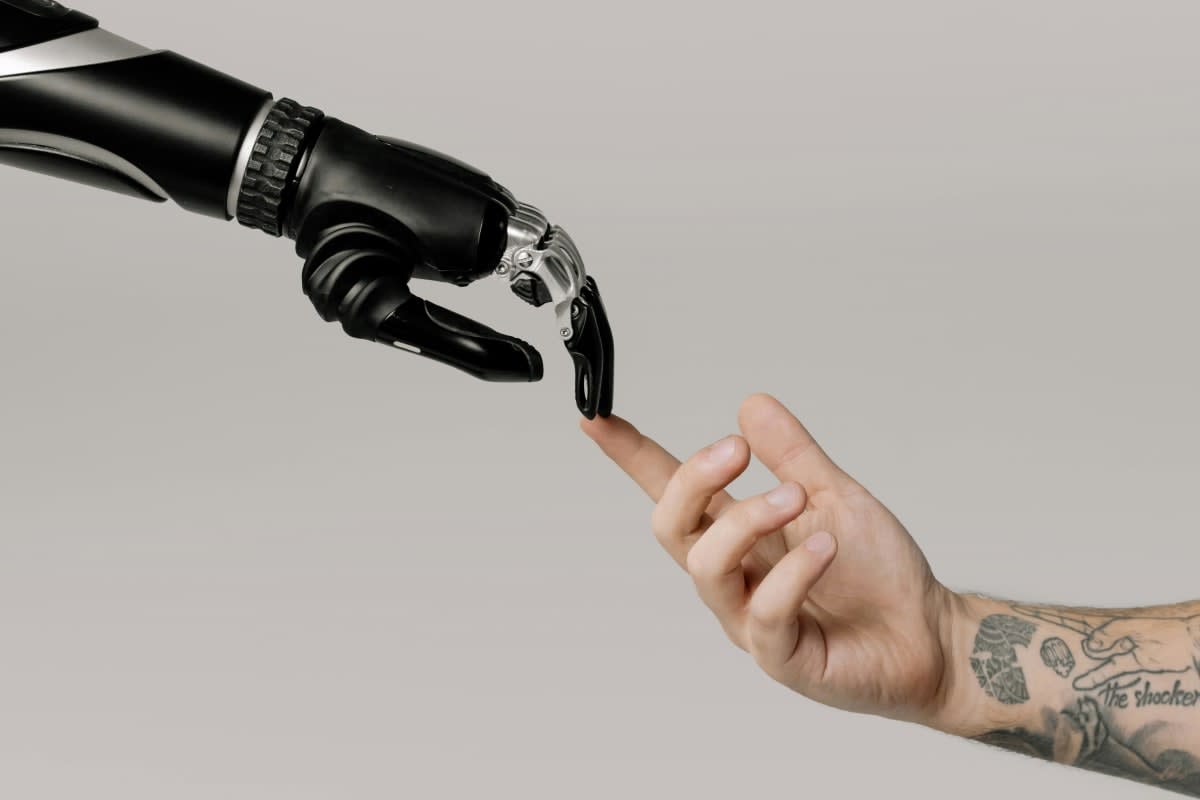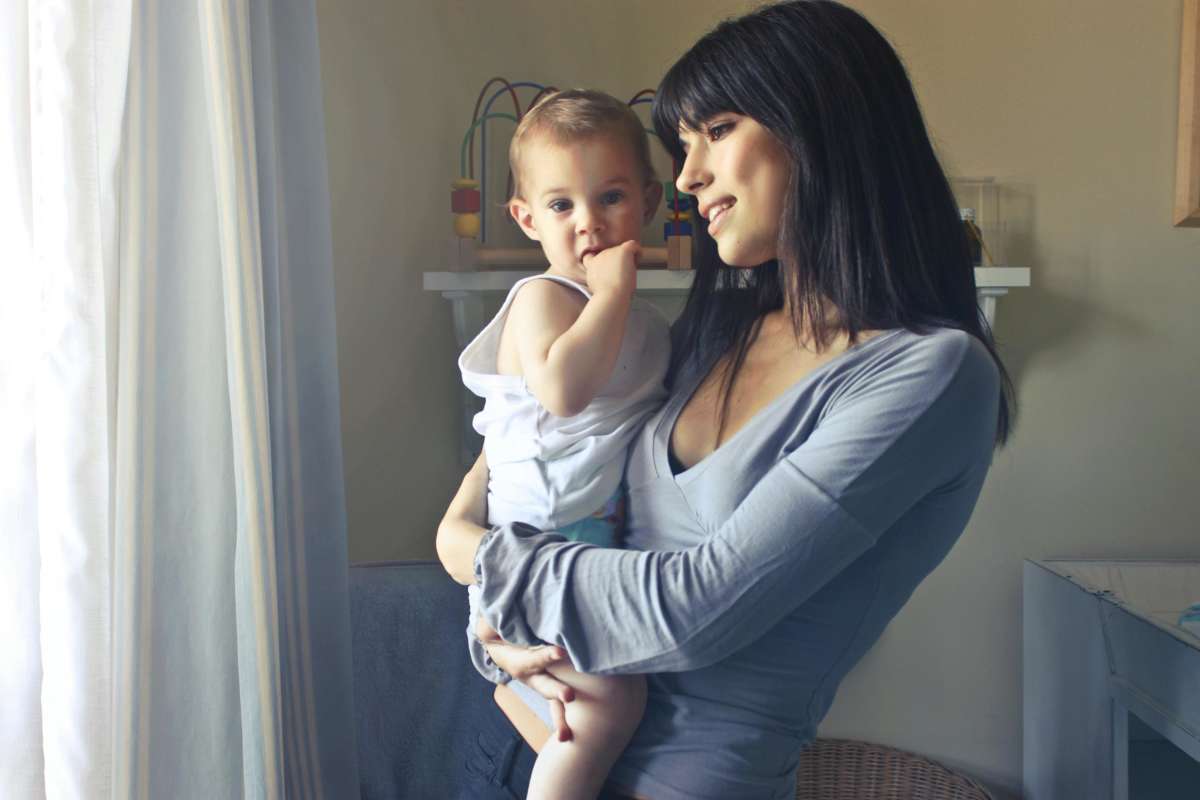She lost her voice due to motor neurone disease at 34—decades later, an old 8-second recording brought it back

Losing your voice can feel like losing a part of who you are. Without it, even the simplest conversations can become isolating. For decades, fifty-nine-year-old Sarah Ezekiel, who lives with motor neuron disease (MND), relied on a machine that gave her a robotic voice. But when an old VHS tape surfaced, an 8-second recording allowed her to finally regain her own voice, per BBC.

Sarah was a cheerful young Londoner when life took a turn at 34. When she was expecting her second child, she noticed that her speech had gradually begun declining, with signs of weakness in her left arm increasing. Sarah was left without a voice or use of her hands, due to the onset of motor neurone disease in 2000. "I was in denial, thinking I'd be fine, but after Eric was born, I deteriorated rapidly," Sarah recalled. Five years following her diagnosis, Sarah was able to communicate with the advent of eye-gaze technology, which built words and sentences with eye movements just like the physicist Stephen Hawking. Through the technology, she was also able to pursue her passion for painting.

However, her children Aviva, 28, and Eric, 25, grew up never being able to hear their mother's voice, but only speak to her through the machine. But a random search helped them discover an old VHS tape of Aviva as a baby, which was shot on a camcorder in the 1990s. She said, "When I was asked if I had any recordings of my voice before MND, I sent a video where I say one line with people talking in the background. I wasn’t hopeful at all." Although the grainy tape was unclear in most parts, 8 seconds from the clip of Sarah's voice could be heard. The video of her speaking while changing Aviva's nappy became the turning point in Sarah's life after decades.
The family then sought help from a Bristol-based assistive technology company, Smartbox. Since the company only had an 8-second recording, it was challenging to work with AI, as the process requires at least an hour of voice footage. Even so, Smartbox went ahead and recreated the voice Sarah had lost decades earlier. Using AI technology, they managed to isolate and clone her voice. When the audio was finally played, Sarah was moved to tears of joy, hearing a voice she hadn’t heard in years. For her children, their mother’s new voice made them feel “closer” to her than ever before. Expressing her happiness, Sarah said, "I think it is great to have a voice that sounds like me and not a robot. My kids couldn’t remember my voice at all, as they were so young." Her son Eric added, “It really does sound like her, and that has been so exciting for mom and me. It has just changed the way she communicates."

In a study authored by Richard Cave and Steven Bloch published by PubMed in 2020, the authors explored how people with motor neurone disease (MND) perceive voice banking, a process of recording speech to create a synthetic voice for future use when natural speech is lost. The study revealed that many participants viewed voice banking as more than a technical tool; they viewed it as a way to protect a crucial part of their identity. Using a synthetic voice that resembled their own helped maintain a sense of self and emotional connection with loved ones.
More on Amplify
Mom with tongue cancer has a soothing solution to ensure her kids never forget her voice
Kindergarten teacher tries to recognize her students by just their voice — and nails it adorably